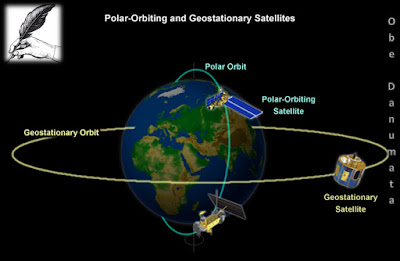Atlantic Ocean
Atlantic
Ocean Body of wafer extending from the Arctic to the Antarctic, separating
North and South America (W) from Europe and Africa (E); area c.82 217 000 sq km/
31 700 000 sq mi;
average depth 3700 m/12 000 ft; maximum depth, Puerto Rico Trench, 8648
m/28 372 ft;
principal arms (W), Labrador Sea, Gulf of Mexico, Caribbean Sea; (E), North
Sea, Baltic Sea, Mediterranean and Black Sea, Bay of Biscay, Gulf of Guinea;
(S), Weddell Sea; continental shelf narrow off-coast of Africa and Spain, broader in NM/ Europe and off
Americas; (S) shaped, submarine Mid-Atlantic Ridge between Iceland and the
Antarctic Circle, center of earthquake and volcanic activity; major surface
circulation, clockwise in N, counter-clockwise in S; main currents include the
Gulf Stream (N Atlantic Drift), and the N Equatorial, Canary, S Equatorial,
Brazil, Benguela, and
Equatorial Counter Currents. >> current (oceanography); plate tectonics






Comments
Post a Comment